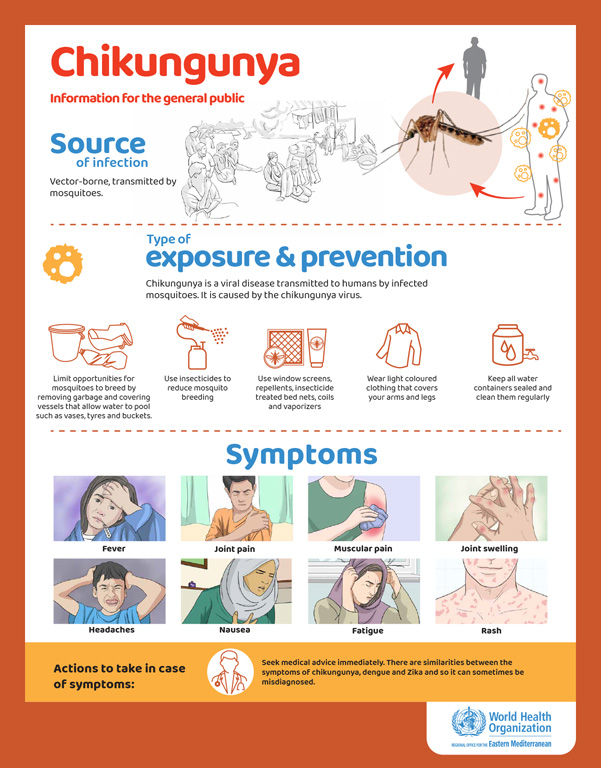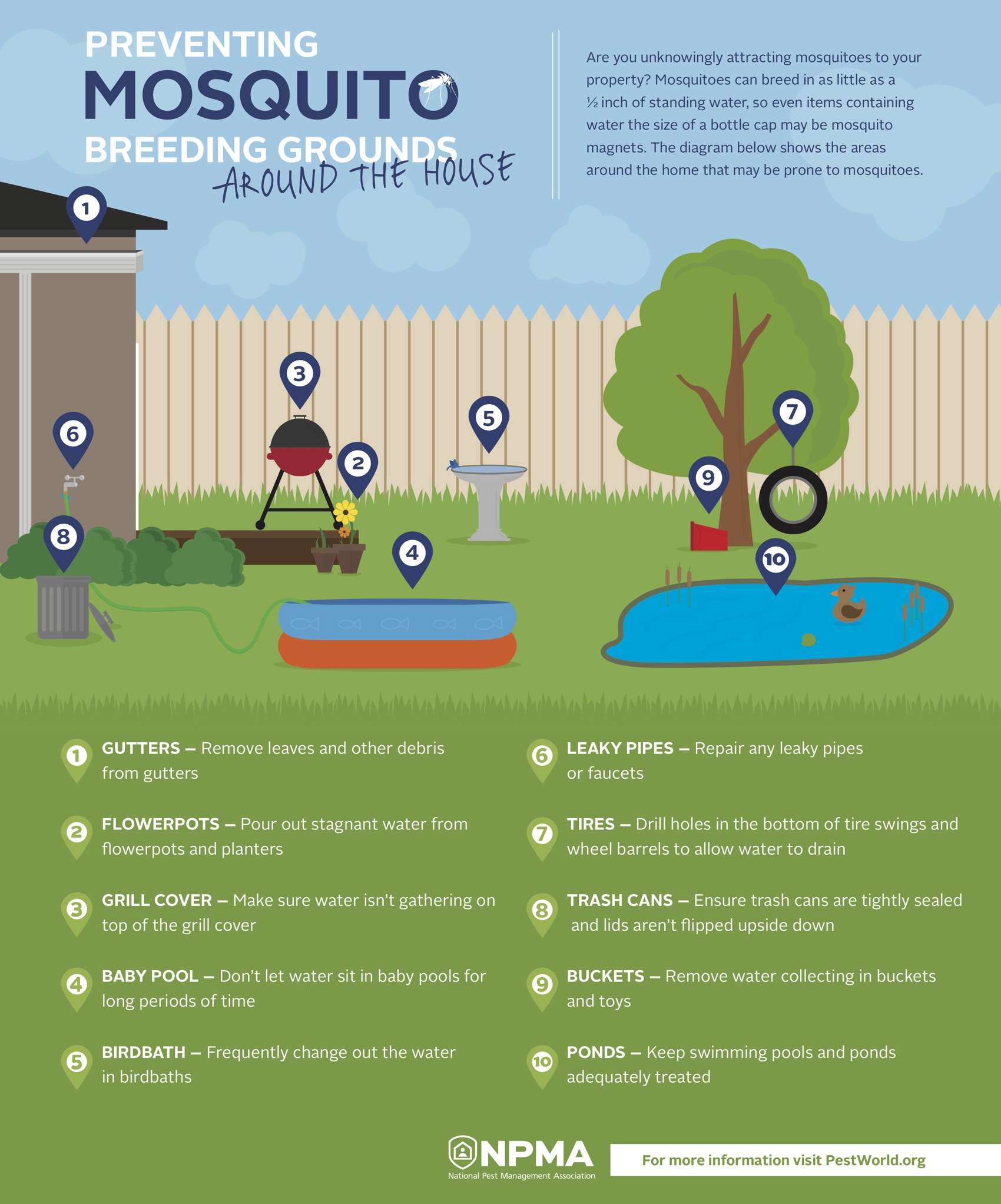Chikungunya affects 119 countries, risking 5.6 billion people (WHO 2025). This detailed overview covers spread, symptoms, prevention, and global implications.
Spread and Climate Role: Worldwide Expansion
Transmitted by Aedes mosquitoes, outbreaks in 20+ countries; warming spreads to Europe.
Global cases: 500,000 annually, per CDC.
Symptoms and Diagnosis: What to Watch For
Fever, joint pain (lasting months), rash. Diagnosis via blood tests.
In Africa, mimics malaria; awareness key.
Prevention Worldwide: Practical Measures
Use repellent, clothing, eliminate breeding sites. In urban Asia, community clean-ups effective.
Treatment and Management
Supportive care; no vaccine yet, but in trials.
Global Impact and Response
Economic burden $1 billion yearly; WHO initiatives.
Table: Vs Other Diseases
| Disease | Joint Pain | Rash | Prevention |
|---|---|---|---|
| Chikungunya | Severe | Sometimes | Mosquito control |
| Dengue | Mild | Often | Similar |
| Zika | Mild | Often | Vaccines in development |
FAQs
- Fatal? Rarely, but complications in elderly.
- Vaccine? In development.
- Kids? Higher risk; protect.
- Travel? Check advisories.
- Climate change? Accelerates spread.
- Home remedies? Hydration, rest.
- Diagnosis time? 3-7 days.
- Long-term effects? Arthritis-like pain.
- Global hotspots? Africa, Asia, Americas.
- Response? Surveillance, education.
Stay vigilant against chikungunya. See West Nile.
Share
Supplimentary information
West Nile affects 50+ countries yearly (CDC 2025); UK detection signals climate-driven spread. This comprehensive analysis covers implications, symptoms, prevention, and international response.
Global Implications: Climate and Spread
Warmer temperatures expand mosquito ranges; Europe sees 20% increase.
Cases: 2,000 in US annually, emerging in Asia.
Symptoms and Risks: Human Impact
80% asymptomatic; others fever, headache. Severe: encephalitis in 1%.
Vulnerable: Elderly, immunocompromised.
Protection Strategies: Worldwide Tips
Repellent, screens, water elimination. In tropics, bed nets.
Treatment and Surveillance
Supportive; vaccines in development.
Global efforts: CDC monitoring, WHO alerts.
Case Studies
US outbreaks, recent UK find.
FAQs
- Person-to-person? No.
- Symptoms duration? Days to weeks.
- Pets? Yes, protect.
- Vaccine? For horses; human in trials.
- Climate link? Yes, warmer weather.
- Travel risks? High in endemic areas.
- Prevention cost? Low with basics.
- Mortality? 10% in severe cases.
- Testing? Blood, CSF.
- Future? Increased vigilance.
Conclusion
West Nile's spread calls for action. See Chikungunya.
Comments?




Comments
Post a Comment
Thanks for your response,May God bless you